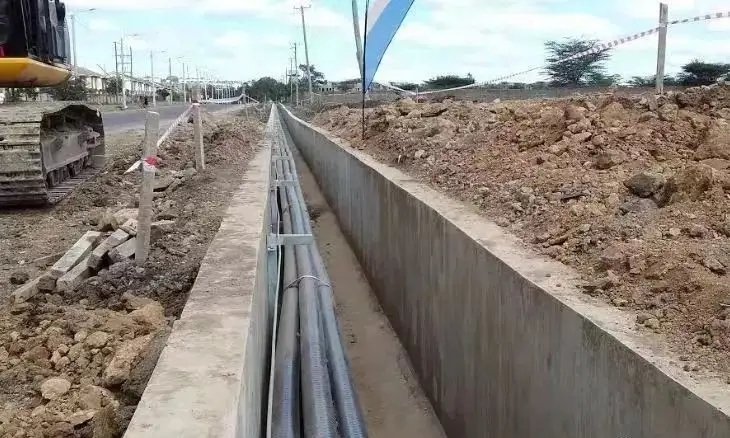21
Jun
Comparison of overhead lines and underground cables
Share:

Overhead line (denoted by “A” below)
Underground cable (denoted by “B” below)
Fault location
A Since overhead lines are visible, it is easy to find the location of the fault.
B Since underground cables are not visible, it is difficult to find the location of the fault.
Initial cost
A There is no requirement for excavation, manholes and trenches. Therefore, an overhead line system is cheaper than an underground system.
B The initial cost of an underground transmission system is higher than an overhead line because it requires excavation, trenching, etc.
Chance of failure
A Overhead lines have a greater chance of failure because they are exposed to the environment.
B Cables are not exposed to the environment and are less likely to fail.
Safety
A The safety of this system is lower because the conductors are placed on towers.
B The cables underground in this system are safer.
Service life
A The service life is about 20 to 25 years.
B The service life is approximately 40 to 50 years.
Appearance
A The overall appearance of overhead cables is bad because all lines are visible.
B The general appearance of systems with underground cables is good because all lines are invisible.
Maintenance costs
In A overhead line systems, no excavation is required for maintenance and maintenance costs are low.
In B underground cable systems, excavation is necessary to find faults. This increases the labor cost. Therefore, for the same number of faults, maintenance costs are higher.
Flexibility
A This system is more flexible. Because the expansion of this system is easy to implement.
B This system is not flexible. The cost of expansion is almost equal to the new construction of the system.
Conductor size
A The conductor is placed in the atmosphere. Therefore, heat dissipation is better. Therefore, the size of the conductor is small compared to the underground system.
B The size of the cable is larger due to poor heat dissipation.
Interference with communication lines
A Communication lines are run along transmission lines. In this case, there is a possibility of electromagnetic interference.
B In this case, there is no opportunity to interfere with the communication line.
Proximity effect
A The distance between overhead line conductors is very high. Therefore, proximity effects are not affected.
B The proximity effect is very high due to the very small distance between the underground cables.
Applications
A The cost of this system is very low. Therefore, overhead lines are used in long distance transmission systems and in distribution systems in rural areas.
B Due to the high cost it is used for short distances and densely populated areas.
Summary
Now you are clear about the comparison between overhead lines and underground cables. As we have seen, both systems have their advantages and disadvantages. The decision on the transmission system is based on the requirements of the system. If cost is the main consideration, choose an overhead line. For this system, non-economic factors such as appearance and space are not considered.
If cost is not a consideration, then underground cables are used. However, in this case, the high charging current at high voltages also limits the use of underground cables over long distances.
Previous article:
Next article:




